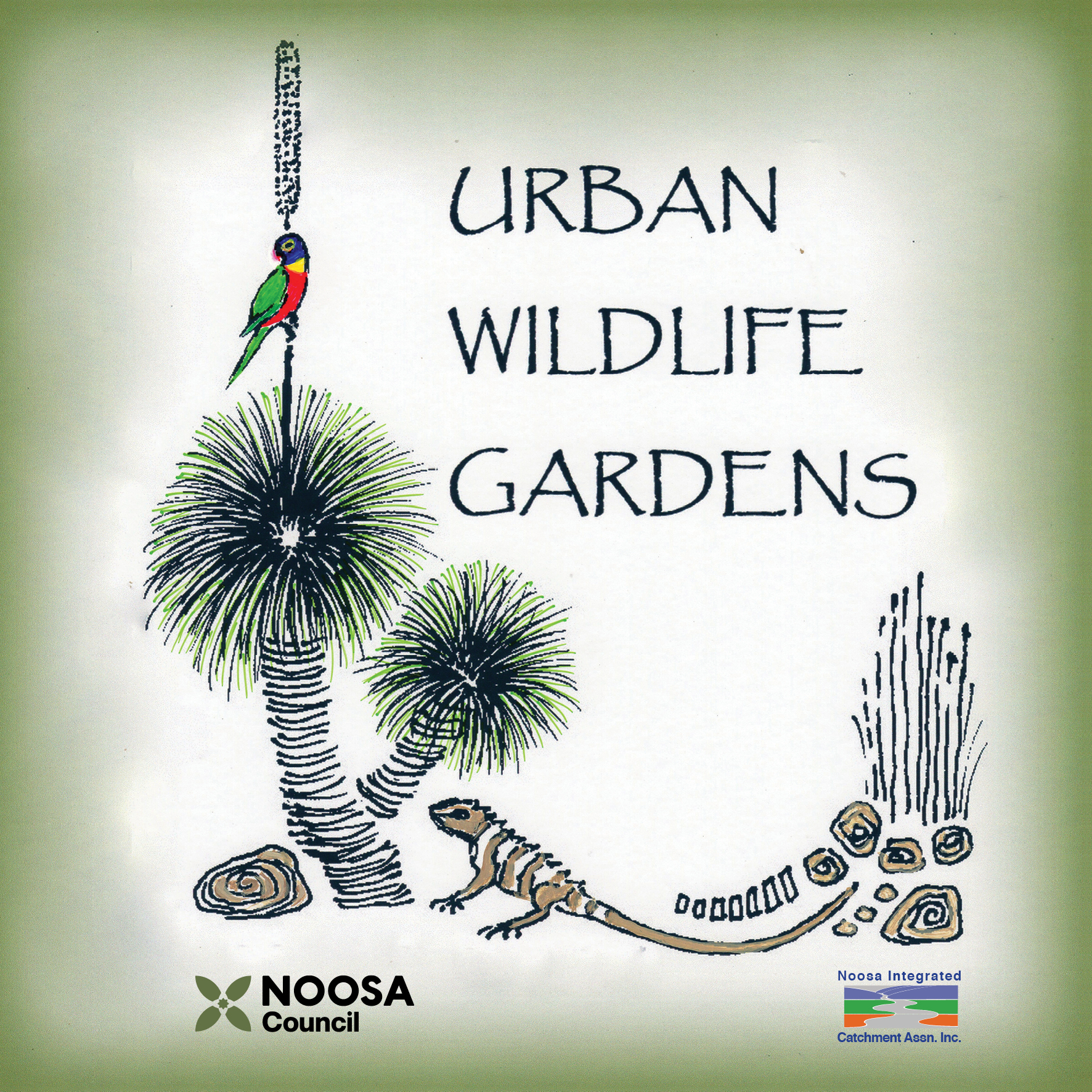Our October Workshop was held at UWG member Jason Deathe’s property at Doonan. We had an interesting and informative morning with Jason who makes nesting boxes and habitat homes out of fallen logs. He stressed the importance of using sustainably found logs and gets his from tree fellers and landscapers. Occasionally he is contacted by someone who has a fallen tree on their land. The nesting hollows made from the tree will often be installed at the same property, to provide habitat for the displaced wildlife.
Jason prefers the natural hollow logs to boxes constructed from plywood although he had both types on his property. The plywood boxes are thinner, and not as well insulated, and have to be positioned carefully so they don’t overheat. They are also much smoother than natural timber so need to have a perching rail on the outside and some rough material attached to the inside so the young are able to climb out when ready.
He makes a nesting box by first cutting the hollow log into sections, capping both ends with hardwood and, if there’s no natural opening, boring an entrance hole. If it is to be positioned vertically, the top is angled to allow water runoff and extends over the front of the box to shade the entrance. Jason recommended using quality materials such as stainless steel or galvanised screws which will not rust or deteriorate. The outside of the box is sealed with either linseed oil or water based exterior paint. Lilly Pilly leaves or crumbled termite mound mud is placed inside the box as nesting material. This basic design is modified depending on the shape of the original log and its intended location and use.
Jason recommended the Nest Box Tales website which has detailed information about nest box size for a variety of species and material requirements if using plywood. He showed us a Hollowhog tool which can be used to carve out hardwood material from logs to increase the internal diameter. It can also be used on living trees to carve out nesting hollows with a small entry hole and a large internal cavity.
The hardest step is positioning and attaching the nest box to a tree. Jason uses a car winch for heavy boxes or climbs a secured ladder and pulls the box up with a rope. To secure the box to the tree he often uses the Habisure system which was designed by Hollow Log Homes in Queensland (see the link below for details). He suggested that the boxes need to be positioned at least four to five metres high in the tree to discourage predators and because some species won’t use the box for breeding at a lower height.
The boxes can also be mounted on buildings if no suitable trees are available. A south east aspect is good to avoid full sun.
Hollow logs that are not sturdy enough to position in trees are left on the ground. They provide habitat and refuge for snakes, water dragons and ground dwelling birds such as his resident buff banded rail. We also saw the vegetation habitat he has created by planting native species around a pond.
Jason has had the pleasure of seeing a variety of wildlife using his nesting hollows, though not always the species for which they were intended. Some of his homes intended for birds have been claimed by ring-tailed possums. He has provided homes for wood ducks, pale headed rosellas, antechinus, and sugar gliders to name a few.
On our tour of his gardens we were able to view the range of habitat he has created and enjoy his stories about the native animals that have taken up residence in his wildlife garden. Thanks Jason.










